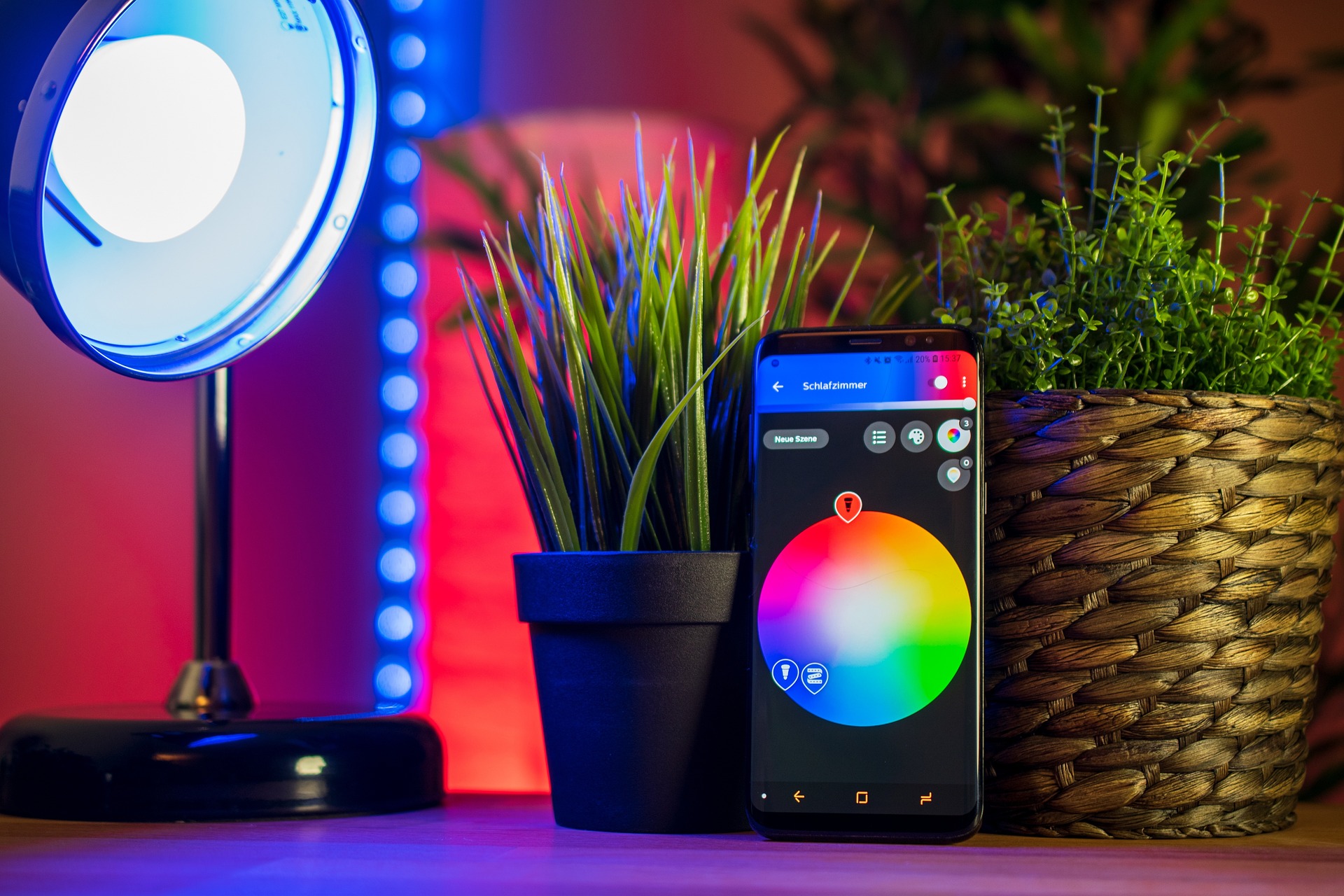Everything You Need To Know About Smart LED Lighting For Your Home
Smart LED lighting technology has transformed how we illuminate our living spaces, offering energy efficiency, customization options, and connectivity features that traditional lighting systems cannot match. These innovative lighting solutions integrate with home automation systems, respond to voice commands, and can be controlled remotely via smartphone applications. As LED technology continues to advance, homeowners now have unprecedented control over their home's lighting environment, from adjusting brightness levels to programming complex lighting scenes that enhance both functionality and atmosphere.
Understanding LED Lighting For Your Home
LED (Light Emitting Diode) technology represents a significant advancement over traditional incandescent and fluorescent lighting options. Unlike conventional bulbs that generate light through heat, LEDs produce illumination through a semiconductor process that converts electricity directly into light. This fundamental difference results in numerous advantages for homeowners, including significantly reduced energy consumption—using up to 75% less energy than incandescent lighting. Additionally, quality LED bulbs typically last 15-25 times longer than traditional light sources, with lifespans ranging from 15,000 to 50,000 hours of operation. The durability of LED lighting translates to fewer replacements and lower maintenance costs over time, making them an increasingly practical choice for residential applications.
Smart LED Lighting Options
Smart LED lighting systems offer remarkable versatility and control options that extend far beyond basic on/off functionality. Modern smart bulbs and fixtures connect to home networks via WiFi, Bluetooth, or specialized protocols like Zigbee or Z-Wave, enabling seamless integration with existing smart home ecosystems. Popular options include standalone smart bulbs that fit into traditional fixtures, integrated smart fixtures with built-in LED technology, and flexible LED strip lighting that can be installed in creative configurations. Most systems allow users to adjust brightness levels, color temperature (from warm to cool white light), and in many cases, select from millions of color options. Advanced features include programmable schedules, motion-activated responses, geofencing capabilities that detect when residents arrive or leave home, and synchronization with entertainment systems for immersive lighting experiences during movies or gaming.
LED Lighting Prices
The cost of smart LED lighting has become increasingly accessible as the technology has matured, though considerable price variation exists across different product categories and feature sets.
| Product Type | Average Price Range | Features |
|---|---|---|
| Basic Smart LED Bulbs | $10-25 per bulb | Dimmable, app control, white light |
| Color Smart LED Bulbs | $25-60 per bulb | Full color spectrum, schedules, scenes |
| Smart LED Light Strips | $30-100 per strip | Flexible installation, color zones, music sync |
| Smart LED Fixtures | $50-300+ | Integrated solution, higher brightness, specialty designs |
| Complete Room Systems | $200-500+ | Multiple lights, unified control, advanced automation |
Prices, rates, or cost estimates mentioned in this article are based on the latest available information but may change over time. Independent research is advised before making financial decisions.
While the initial investment in smart LED lighting is higher than standard lighting options, the long-term economic benefits are substantial. The extended lifespan of LED technology—often 15-25 years of normal household use—combined with energy savings of 75-90% compared to incandescent bulbs, results in significant cost reduction over time. Many homeowners find that their smart lighting systems pay for themselves through reduced electricity costs and fewer bulb replacements, typically within 1-3 years depending on usage patterns. Additionally, some utility companies offer rebates or incentives for energy-efficient lighting upgrades, further improving the financial equation for consumers considering the transition to smart LED solutions.
LED Lighting Trends
The smart LED lighting industry continues to evolve rapidly, with several notable trends shaping the market. Circadian lighting—systems that automatically adjust color temperature throughout the day to support natural human sleep-wake cycles—is gaining traction as awareness of light’s impact on health increases. These systems provide cooler, energizing light in morning hours and gradually transition to warmer tones in the evening to promote relaxation and better sleep quality. Integration capabilities are also advancing, with more lighting systems offering compatibility with major voice assistants like Amazon Alexa, Google Assistant, and Apple HomeKit, allowing for seamless verbal control.
Another significant trend is the miniaturization of LED components, enabling manufacturers to create more versatile and aesthetically pleasing designs that blend into home decor. Environmental considerations are driving improvements in energy efficiency, with newer LED products offering even lower power consumption while maintaining or improving light output. Additionally, some manufacturers are focusing on sustainable materials and manufacturing processes, responding to consumer demand for eco-friendly home products. As smart home adoption increases, lighting is increasingly serving as an entry point for broader home automation systems, with many consumers beginning their smart home journey with lighting before expanding to other connected devices.
The smart LED lighting landscape continues to evolve, offering homeowners increasingly sophisticated options for controlling their home’s illumination. From energy efficiency and cost savings to customization and automation capabilities, these lighting solutions represent the convergence of practical functionality and innovative technology. As prices continue to decrease and integration capabilities expand, smart LED lighting is becoming less a luxury and more a standard feature in modern homes, providing both immediate benefits and long-term value.





